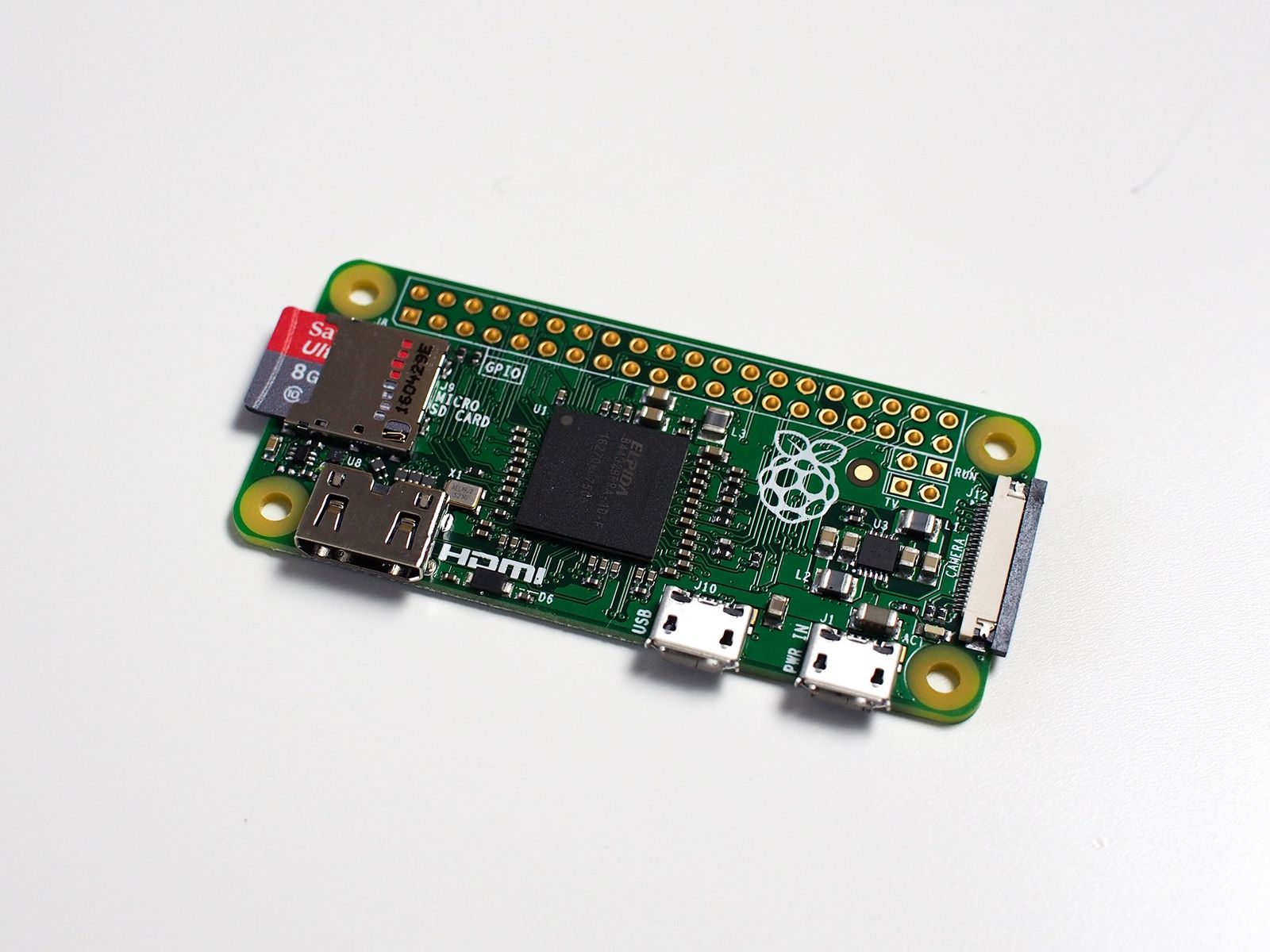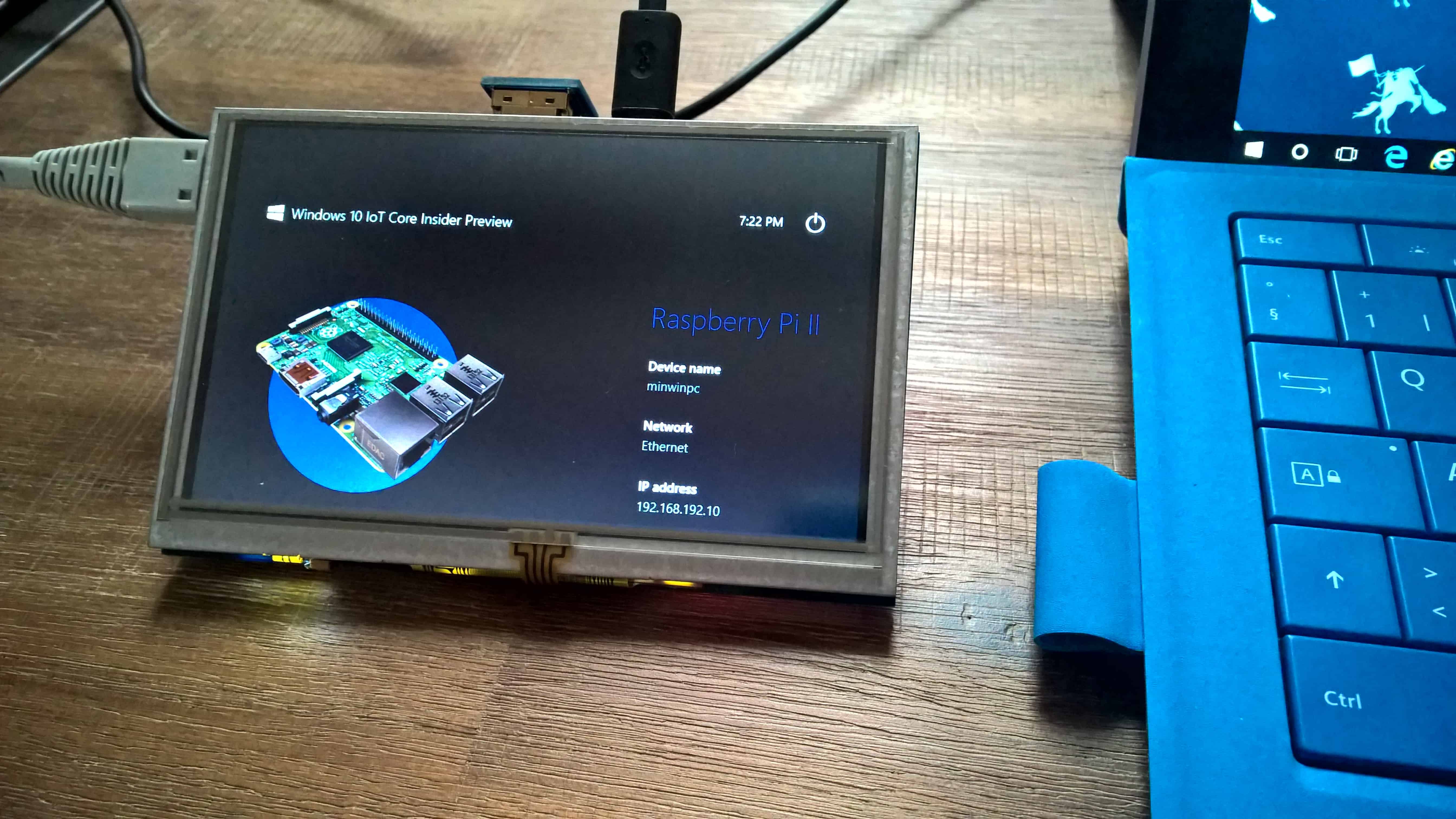How To Securely Connect RemoteIoT VPC Raspberry Pi And Download On Windows
Detail Author:
- Name : Leonel Schinner
- Username : maddison.ruecker
- Email : rtillman@legros.com
- Birthdate : 2004-05-12
- Address : 157 Dorris Square Christiansenville, PA 95967
- Phone : 281.532.8788
- Company : Gutkowski-Kunde
- Job : Rail Transportation Worker
- Bio : Voluptatem qui aperiam iste consequuntur et corporis. Aut molestias deserunt rerum est voluptas voluptatem. Culpa aut nam magnam qui veritatis autem.
Socials
twitter:
- url : https://twitter.com/kamren_official
- username : kamren_official
- bio : Aliquid officiis quis inventore itaque rerum deleniti. Dolor facere sunt occaecati quia dolor. Omnis ut dolorem consectetur sint quod eum.
- followers : 2096
- following : 628
linkedin:
- url : https://linkedin.com/in/kamren_langosh
- username : kamren_langosh
- bio : In inventore sunt ipsum rerum et.
- followers : 3325
- following : 2541
facebook:
- url : https://facebook.com/langoshk
- username : langoshk
- bio : Aut incidunt id et consequuntur.
- followers : 729
- following : 541
instagram:
- url : https://instagram.com/klangosh
- username : klangosh
- bio : Ut soluta perferendis veritatis. Nemo accusamus cupiditate nam aut. Cupiditate et soluta nam quia.
- followers : 2250
- following : 2065
tiktok:
- url : https://tiktok.com/@kamren_langosh
- username : kamren_langosh
- bio : Ut earum enim sunt ipsa quibusdam.
- followers : 4816
- following : 2756
Connecting a Raspberry Pi to a Virtual Private Cloud (VPC) securely is a critical task for IoT developers and enthusiasts. With the growing demand for remote IoT management, tools like RemoteIoT have become essential for securely managing devices over the internet. Whether you're a hobbyist or a professional, understanding how to securely connect your Raspberry Pi to a VPC and download necessary configurations on Windows can save you time and enhance your project's security. This guide will walk you through the process step-by-step, ensuring you can achieve a secure connection while adhering to best practices.
RemoteIoT provides a robust platform for managing IoT devices, including Raspberry Pi, over a secure network. By leveraging VPC, users can create an isolated environment to manage their devices without exposing them to public networks. This is particularly important for businesses and individuals working on sensitive projects where security and privacy are paramount. In this article, we’ll explore the tools, configurations, and steps required to establish a secure connection between your Raspberry Pi and RemoteIoT VPC, and how to download and set up the necessary software on a Windows machine.
As we dive deeper, you'll learn about the importance of secure connections, the role of VPC in IoT management, and how RemoteIoT simplifies the process. Whether you're setting up a home automation system or managing industrial IoT devices, this guide will equip you with the knowledge and tools to ensure your Raspberry Pi operates securely and efficiently. Let's begin by understanding the basics of RemoteIoT and its role in IoT device management.
Table of Contents
- Introduction to RemoteIoT
- What is a Virtual Private Cloud (VPC)?
- Preparing Your Raspberry Pi
- Setting Up RemoteIoT VPC
- Configuring Secure Connections
- Downloading and Installing on Windows
- Troubleshooting Common Issues
- Best Practices for Secure Connections
- Advanced Features of RemoteIoT
- Conclusion
Introduction to RemoteIoT
RemoteIoT is a leading platform designed to simplify the management of IoT devices, including Raspberry Pi, over secure networks. It provides users with tools to remotely access, monitor, and control their devices without compromising security. This platform is particularly useful for businesses and individuals who need to manage multiple devices across different locations.
One of the standout features of RemoteIoT is its ability to integrate seamlessly with Virtual Private Clouds (VPCs). By leveraging VPCs, users can create isolated environments for their IoT devices, ensuring that sensitive data remains protected from unauthorized access. RemoteIoT also supports secure protocols like SSH and TLS, which are essential for safeguarding data during transmission.
Key Features of RemoteIoT
- Remote device management via a secure web interface.
- Support for multiple IoT devices, including Raspberry Pi.
- Integration with VPC for enhanced security.
- Real-time monitoring and alerts.
- Customizable access controls and permissions.
These features make RemoteIoT an ideal choice for anyone looking to manage their IoT devices securely and efficiently.
What is a Virtual Private Cloud (VPC)?
A Virtual Private Cloud (VPC) is a secure, isolated private cloud hosted within a public cloud. It allows users to run their applications and services in a virtual network that is logically isolated from other virtual networks in the same public cloud. This isolation ensures that your data and applications remain secure and private.
VPCs are particularly useful for IoT projects because they provide a controlled environment where devices can communicate securely without being exposed to the public internet. By using a VPC, you can define your own IP address range, create subnets, and configure route tables and network gateways. This level of control is essential for managing sensitive IoT devices like Raspberry Pi.
Benefits of Using VPC for IoT
- Enhanced security through network isolation.
- Customizable network configurations.
- Scalability to accommodate growing IoT projects.
- Cost-effective compared to traditional private clouds.
By leveraging VPC, you can ensure that your Raspberry Pi and other IoT devices operate in a secure and efficient environment.
Preparing Your Raspberry Pi
Before you can connect your Raspberry Pi to RemoteIoT VPC, you need to prepare the device. This involves installing the necessary software, configuring network settings, and ensuring the device is ready for secure communication.
Step 1: Install the Operating System
The first step is to install a compatible operating system on your Raspberry Pi. The most common choice is Raspberry Pi OS, which is lightweight and optimized for the device. You can download the latest version from the official Raspberry Pi website.
Step 2: Update the System
Once the OS is installed, update the system to ensure you have the latest security patches and software versions. Open a terminal and run the following commands:
sudo apt update sudo apt upgrade Step 3: Enable SSH
To remotely access your Raspberry Pi, you need to enable SSH. This can be done by running the following command:
sudo raspi-config Navigate to "Interfacing Options" and enable SSH. This will allow you to connect to your Raspberry Pi securely over the network.
Setting Up RemoteIoT VPC
Setting up a VPC in RemoteIoT is a straightforward process. Follow these steps to create a secure environment for your Raspberry Pi.
Step 1: Create a New VPC
Log in to your RemoteIoT account and navigate to the VPC section. Click on "Create New VPC" and provide the necessary details, such as the IP address range and subnet configuration.
Step 2: Configure Security Groups
Security groups act as virtual firewalls for your VPC. Configure them to allow only necessary traffic, such as SSH and HTTPS, to ensure your Raspberry Pi remains secure.
Step 3: Launch Instances
Once the VPC is set up, you can launch instances within it. These instances will serve as the virtual machines that communicate with your Raspberry Pi.
Configuring Secure Connections
Configuring secure connections between your Raspberry Pi and RemoteIoT VPC is crucial for protecting your data. Follow these steps to establish a secure connection.
Step 1: Generate SSH Keys
Generate SSH keys on your Raspberry Pi to authenticate connections securely. Use the following command:
ssh-keygen -t rsa -b 4096 Step 2: Configure RemoteIoT
Upload the public SSH key to your RemoteIoT account and configure the VPC to accept connections from your Raspberry Pi.
Step 3: Test the Connection
Test the connection by SSHing into your Raspberry Pi from the RemoteIoT VPC. If successful, you have established a secure connection.
Downloading and Installing on Windows
To manage your Raspberry Pi from a Windows machine, you need to download and install the necessary software. Follow these steps to get started.
Step 1: Download PuTTY
PuTTY is a popular SSH client for Windows. Download it from the official website and install it on your machine.
Step 2: Configure PuTTY
Open PuTTY and enter the IP address of your Raspberry Pi. Configure the SSH settings and load your private key for authentication.
Step 3: Connect to Raspberry Pi
Click "Open" to establish a connection. If everything is configured correctly, you should be able to access your Raspberry Pi securely from Windows.
Troubleshooting Common Issues
Even with careful setup, you may encounter issues when connecting your Raspberry Pi to RemoteIoT VPC. Here are some common problems and their solutions.
Issue 1: Connection Timeout
If you experience a connection timeout, ensure that your Raspberry Pi and VPC are on the same network. Check firewall settings and verify that SSH is enabled.
Issue 2: Authentication Failed
Authentication failures are often caused by incorrect SSH keys. Double-check that you have uploaded the correct public key and configured PuTTY with the private key.
Issue 3: Slow Performance
Slow performance can be caused by network congestion or insufficient resources. Optimize your VPC configuration and ensure your Raspberry Pi has adequate resources.
Best Practices for Secure Connections
To ensure your Raspberry Pi remains secure, follow these best practices:
- Use strong, unique passwords for all accounts.
- Regularly update your software and firmware.
- Enable two-factor authentication wherever possible.
- Monitor network traffic for suspicious activity.
Advanced Features of RemoteIoT
RemoteIoT offers several advanced features that can enhance your IoT projects:
- Automated device provisioning and configuration.
- Real-time analytics and reporting.
- Integration with third-party services like AWS and Azure.
- Customizable dashboards for monitoring and control.
Conclusion
Connecting your Raspberry Pi to RemoteIoT VPC securely is a critical step in managing IoT devices effectively. By following the steps outlined in this guide, you can ensure that your devices operate in a secure and efficient environment. Whether you're a hobbyist or a professional, leveraging tools like RemoteIoT and VPC can enhance your IoT projects' security and scalability.
We encourage you to try out the steps in this guide and share your experiences in the comments below. If you found this article helpful, please share it with others who might benefit from it. For more guides and resources, explore our website and stay updated on the latest IoT trends and technologies.

